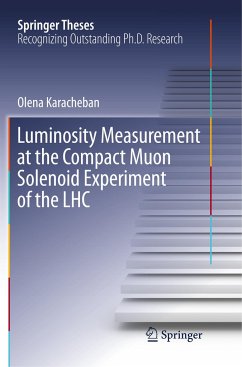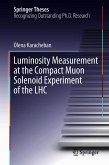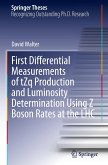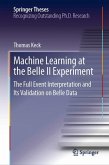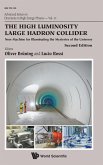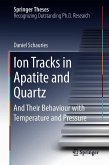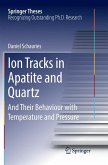This book describes the application of a novel technology for beam instrumentation and luminosity measurement and first results on a cutting edge technology potentially to be used after the upgrade of the Large Hadron Collider to higher luminosity.
It presents a unique diamond-based luminometer with a detailed performance study.
The online bunch-by-bunch luminosity measurements provide an invaluable feedback to the Collider for beam optimisation and for the understanding of beam dynamics.
The precision of the luminosity measurement is crucial for all physics analyses. This book highlights the Van der Meer method, which is used for the calibration of the luminometers of the CMS (Compact Muon Solenoid) experiment, and describes the estimate of systematic uncertainties, e.g. due to radiation damage of sensors and electronics and uncertainties of beam parameters.
For the future high-luminosity upgrade of the collider, sapphire sensors are investigated in atest beam. It is demonstrated for the first time that sapphire sensors can be used as single particle detectors. A model for the charge transport in sapphire is developed and successfully applied.
It presents a unique diamond-based luminometer with a detailed performance study.
The online bunch-by-bunch luminosity measurements provide an invaluable feedback to the Collider for beam optimisation and for the understanding of beam dynamics.
The precision of the luminosity measurement is crucial for all physics analyses. This book highlights the Van der Meer method, which is used for the calibration of the luminometers of the CMS (Compact Muon Solenoid) experiment, and describes the estimate of systematic uncertainties, e.g. due to radiation damage of sensors and electronics and uncertainties of beam parameters.
For the future high-luminosity upgrade of the collider, sapphire sensors are investigated in atest beam. It is demonstrated for the first time that sapphire sensors can be used as single particle detectors. A model for the charge transport in sapphire is developed and successfully applied.

